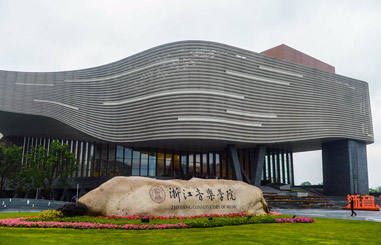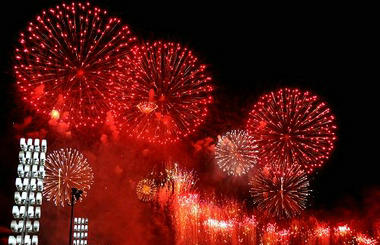Fair highlights growing cultural exports to China
By Qiu Quanlin in Shenzhen ( China Daily ) Updated: 2016-05-14 08:26:53Cultural and art companies from countries and regions along China's Belt and Road Initiative are lining up to export more traditional and modern products to China - and a major Shenzhen industrial fair that has just opened is highlighting the trade to an expanding market.
"We are looking for opportunities in the Chinese market, where a growing number of people have already developed demand for luxury jewelry," said Victor Moiseikin, founder and designer of Russia's Moiseikin Jewelry House.
Moiseikin has a history of over 20 years in making conceptual handmade jewelry, maintaining a 200 year-old tradition of Russian craftsmanship.
China is the world's fastest-growing market for gold and jewelry, driven by an expanding and affluent middle class, according to Moiseikin.
"We employ over 200 artists, craftsmen and goldsmiths, who pour their souls and talents into creating gemstone and jewelry items which convey and advance Russian luxury," said Moiseikin.
The company, along with exhibitors from 35 countries and regions along the Silk Road Economic Belt and the 21st Century Maritime Silk Road, which was proposed by Chinese President Xi Jinping in 2013 to enhance regional connectivity, are showcasing their cultural products and local specialties at the annual China (Shenzhen) International Cultural Fair.
The fair opened on Thursday and will last until May 16 in Shenzhen, with a large delegation from Russia exhibiting traditional art, modern culture and technologies as well.
"The Belt and Road Initiative is a national economic development strategy that not only has significant economic influence for China and other countries, but also aims at tightening trade in cultural industries," said Wu Jiangbo, director of the Cultural Industries in the Ministry of Culture.
Cultural trade transactions topped 264.82 billion yuan ($40.6 billion) at last year's fair, a flagship event driving the development of China's cultural industries and advancing the globalization of Chinese cultural products.
"The Belt and Silk Road Initiative has helped promote traditional cultural products, especially our heritage, to China," said Hossein Khalifi, chief representative of the Shanghai office of Iran's Handicraft Association.
The association sold more than 4 million yuan of Iran's cultural products, including tapestry, in China in 2015.
"We are positioning ourselves to bring in more traditional products, which used to be rarely found in the Chinese market," he said.
qiuquanlin@chinadaily.com.cn
|
|
|
|
|
|
|
|





















 Raymond Zhou:
Raymond Zhou: Pauline D Loh:
Pauline D Loh: Hot Pot
Hot Pot Eco China
Eco China China Dream
China Dream China Face
China Face






